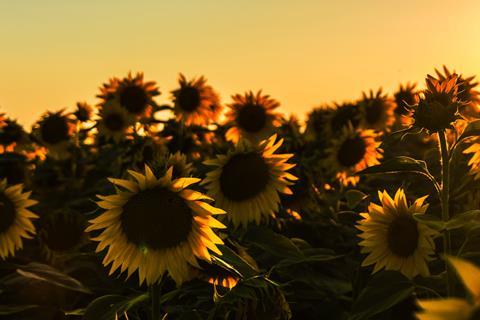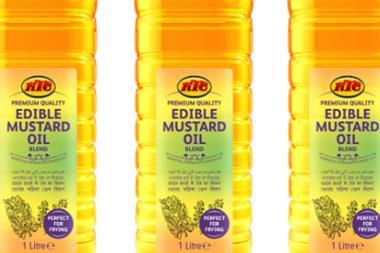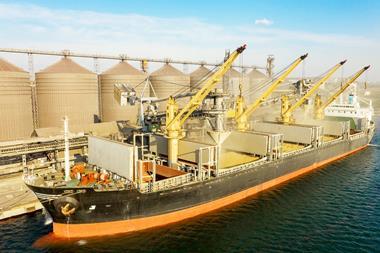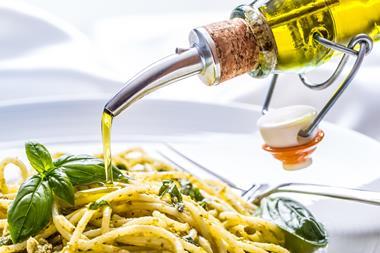
Sunflower oil producer KTC has confirmed it is now “actively offering sunflower oil at a normal scale” for the first time since the late-February invasion by Russia of Ukraine – the world’s biggest sunflower producer.
Gary Lewis, KTC’s head of oils and fats business, told The Grocer on Friday that the rebound was in part down to increased sunflower planting elsewhere in Europe and the resumption of some exporting by Ukraine.
“It seems there are more EU supplies than originally thought,” Lewis said, explaining that “very high prices” for hard-to-find sunflower oil means “we are seeing more farmers in the EU and other countries increasing their planting”.
KTC was forced to halt production in early March after the invasion prompted a worldwide scramble, not only for sunflower oil but for replacements such as rapeseed.
The global edible oils market was in April further rocked when Indonesia – the world’s biggest source of palm oil, the world’s most-used edible oil – temporarily banned exports and prompted countries dependent on its supply to join the scramble for other oils.
But four months on from the invasion, oil markets are now showing signs of recovery. On Thursday, UK levy board AHDB said Paris rapeseed prices, one of the continent’s benchmarks, fell below €700 per tonne for the first time since 4 March.
With fighting mostly in the east of Ukraine in regions bordering Russia, some planting has resumed in other regions. “The acreage will not be as much as last year’s crop but we are still expecting around nine to 10 million tonnes, down from 17.5 million,” said Lewis, who is also president of the UK’s National Edible Oils Distributors’ Association.
And while millions of tonnes of grains and sunflower have been stuck in silos around Ukrainian ports, which are under a Russian naval blockade, some grains and oilseeds have in recent weeks been leaving the country overland by rail, though most estimates have suggested the rail network could likely cater for at best 20% of usual seaborne exporting capacity.
But the resumption of some Ukrainian sunflower exports and the prospect of a record EU crop, according to European Commission forecasts, meant “we still could end up with a reasonable supply of sunflower later this year”, according to Lewis.


















